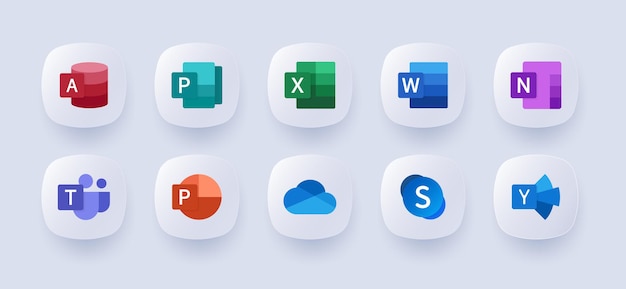
A Visual History of Windows
- November 15, 2024
- 0
PCMag takes care of Microsoft’s Windows working framework from its most memorable cycle in 1985 straight up to the current, exciting long periods of Windows 11. Before Windows, we utilized and expounded on its ancestor, MS-DOS (Circle Working Framework), without which the PC transformation couldn’t have ever occurred. For sure, early notices of Windows in PC Magazine allude to it as a “DOS expansion from Microsoft.”

At the point when I started working at PCMag in 1987, DOS was all the while ruler, having essentially kicked CP/M to the control. DOS itself had been getting progressively assuming clumsily realistic, utilizing character specks to make pictures and offering a greater number of varieties than boring blue-dark text on dark. At that point, I was an editor at the magazine, a position so falling short on the masthead that it hasn’t even existed for quite a long time. I didn’t actually contemplate Windows until around form 3.0.The Beginnings of Windows
Obviously, Microsoft had seen how Mac was doing the graphical UI (GUI) of its initial PCs, beginning with the Apple Lisa. The Lisa appeared in 1983 and was motivated by work at Xerox’s Palo Alto Exploration Place (PARC). It was trailed by the organization’s most memorable effective GUI machine, the Mac, after a year. Outsider GUIs turned into a major subject for DOS in the mid-and late 1980s, but leisurely. Windows began as simply one more one of those graphical shells that ran on top of DOS.
In PC Magazine’s Best of 1985 article, we said, “Most industry watchers proclaimed Microsoft Windows stillborn the day IBM carried out TopView [a 1985 glimmer in the pan].” Shows what industry watchers know. The article proceeded, “Similar to the host who keeps on balancing enhancements for a party no one intends to join in, Microsoft has proceeded with advancement work in a manner that appeared to be determinedly pointless.” At long last, however, we conceded that superior designs equipment and convincing application titles brought Windows back into importance: “Following an hour with In-a-dream [the first local application to be presented for Windows], even the most dedicated Mac client will be a proselyte.”
Frankly, the send off of Windows 1.0 was no place as large an arrangement in my memory as the send off of the now-failed to remember PS/2 port, tracked down on IBM’s then-new Private Framework/2 work area line. (At I compose this, there’s a PS/2 available to be purchased on eBay for $350, it actually works; the first cost was $2,295.) for reasons unknown, IBM’s arrangement to recover the PC market from less expensive clone producers by including restrictive Profiles, development transport, and different innovations blew up enormous time.Even almost four years after the 1985 send off of Windows, it was simply one more section in our September 12, 1989 issue’s go head to head of GUI contenders including HP NewWave, DeskMate, and Jewel (conceivably the most prominent of the parcel). IBM’s TopView really made the cover in April 1985, while Windows didn’t get that distinction until 1991. Indeed, even Microsoft Succeed justified a PC Magazine main story in 1987, preceding Windows could possibly do.
The main notice of Microsoft Windows on the cover was for a February 25, 1986 gathering of option working conditions for DOS in a story named “Window Wars!” It covered such choices as Diamond Work area, TopView, and DESQview as well as Windows 1.0. Beginning with Windows 3.1 in 1992, each significant Windows form made the cover, however DOS 6 was still there the next year.
What’s more, we should not fail to remember an opponent working framework from IBM called operating system/2, which appeared in 1987 and most tech specialists thought about better than the two DOS and Windows. In any case, such is the force of market prominence over specialized prevalence.



















